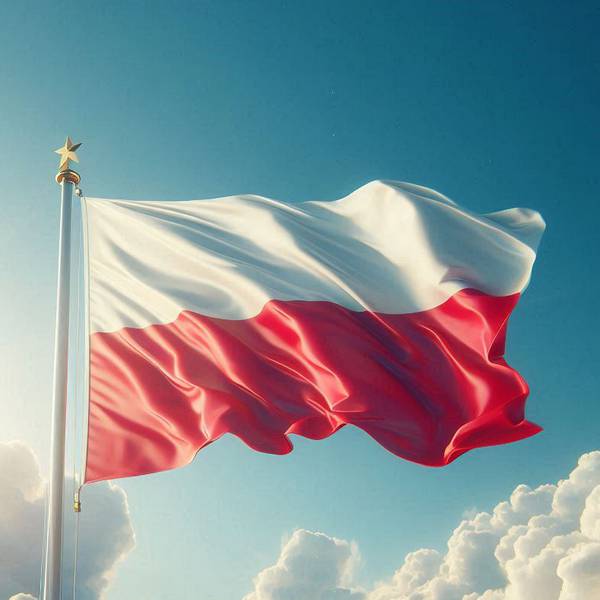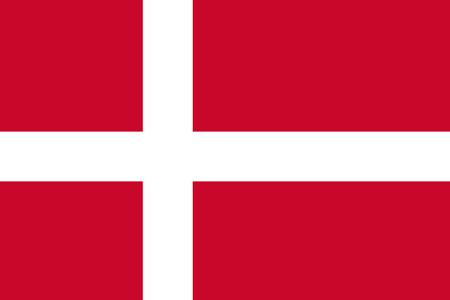Discover the fascinating world of red and white flags! Many countries utilize this powerful color combination, each telling a unique story. Indonesia and Monaco, for example, share nearly identical flags, yet their national identities and values differ significantly.
Poland's emblem, a testament to its medieval roots, incorporates red and white, while Canada's maple leaf, a symbol of natural beauty and strength, stands proudly against a backdrop of these vibrant colors. Red and white in flags often symbolize sacrifice and purity.
These banners, flags, and national emblems each have a unique history reflecting a nation's identity, aspirations, and historical paths. Explore the diverse meanings and geometry of red and white flags. From the simple elegance of horizontal or vertical stripes to more elaborate designs representing each nation's history, the impact of these two colors is undeniable.
Learn more about the countries and their flags featuring this iconic combination. Discover now these magnificent red and white flags, their captivating symbolism, adoption dates, and the rich cultural heritage embedded within these striking national banners.


















